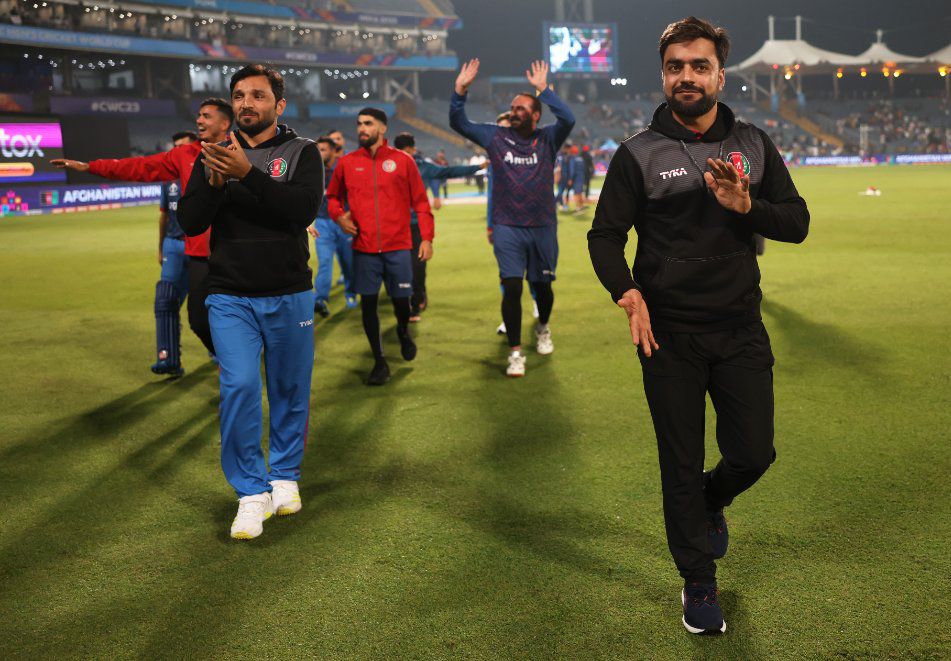|
New Delhi, Dec 28 (IANS) The Gajapati empire (1434-1568) reigned for over a century in a vast swathe stretching from the Hoogly to the Cauvery rivers and encompassing all of present day Odisha and large parts of Madhya Pradesh, Jharkhand and Andhra Pradesh ? its rulers practicing "an innovative experiment in statecraft".
Its downfall began with the advent of the Afghans and the Marathas, followed by the British. Today, the once mighty empire is personified by a titular king without a kingdom but who is the guardian of the Jagannath temple and is venerated as 'Chalanti Vishnu', the living embodiment of Lord Vishnu, one of the Hindu trinity.
Gajapati in Sanskrit translates into "ruler of elephants" but today's titular head, Dibyasingha Deb, popularly known as the "Ruler of Puri", doesn't own a single pachyderm but is still central to the ten-century-old rituals at the Jagannath Temple because of which "he enjoys great reverence and respect", says bibliophile, travel enthusiast and former IRS officer Ashok Kumar Bal, who has brought alive a bygone era in "Gajapati ? A King Without A Kingdom" (Konark), which he describes as the "outcome of a passionate interest in the subject".
Gajapati "is of seminal significance in Odisha and as an idea, a personality and an institution has been a matter of great interest for me. I realized that the institution required wider public attention as it is an important regional dimension whose history, tradition and heritage is quite rich and enlightening", Bal told IANS in an interview.
"Often, in our curriculum-based history of India, such rich local histories are lost sight of. It is also significant to mention that Gajapati kings have always held Lord Jagannath as the supreme sovereign and the king as the Lord's 'adyasevak' (principal servitor), demonstrating an age-old ritual association between the royalty and the Lord. This underlines a living philosophy of surrender and subordination, an innovative experiment in statecraft," Bal added.
Considerable research went into the 440-page book, whose cover, quite appropriately, is an symbolic image of the Gajapati of Puri performing the "chherapanhara" (sweeping the chariots with a broom) ritual during the annual Rath Yatra.
"The literature on the subject is scanty and scattered. I did extensive research to collect, compile and collate various references from varied sources. A lot of records were examined from State and Central Archives. The Odisha State Museum has an excellent collection, published and unpublished, of records, books and documents. With the help of the Librarian and the Curator I got access to many old Sanskrit records, archeological inscriptions and research papers and old books," Bal said.
The Odisha government's Harekrushna Mahatab Library helped with access to many references on the subject as did the Kedar Nath Gabeshana Kendra, a veritable source of rare books and documents.
"Besides these, I consulted scholars and elders who have been associated with the Puri Temple Administration and are extremely knowledgeable on the subject, particularly on Jagannath culture. I also consulted various sebaks (servitors), the head priest of the temple and other temple servants. Professors of Ancient Indian History and subject experts on Odisha history were also consulted extensively. The Puri district records of the 19th and early 20th century as available and relevant were referred to," Bal elaborated.
To this end, the book highlights the history and heritage of a region. Indian history from the perspective of an author is exclusionary in nature in the sense that it excludes regional, sub-regional and local history. Any attempt to make an inclusive character of Indian history also suffers from its lack of propensity to accommodate the diverse character and context of our history. Against such a perspective, this book is a modest attempt to presents some facets of our rich local tradition.
The story starts with the Ganga dynasty in 11th Century, when Chodaganga Deb established the strong foundation of a Hindu Odishan empire. For four centuries, subsequent Ganga kings, strengthened and sustained the large empire. They held Lord Jagannath as the supreme authority or ruler of the kingdom and the earthly king was denoted his "rauta" or deputy.
"The kings abdicated the throne, recognizing Lord Jagannath as their Supreme Master. This doctrine helped the Gangas secure legitimacy in the eyes of their subjects and was the prime reason behind their immeasurable success," Bal explained.
Kapilendra Deb, the founder of Suryavanshi dynasty, declared that his empire and wealth belonged to the deity and the king was merely his servant. The chherapanhara ritual was started during the reign of Gajapati Purusottam Deb (1467-97) and continues till today.
The year 1568 is a turning point in Odisha's history when the region lost its independence to the Afghans.
The arrival of the Marathas in 1751 introduced a new aspect. For the Marathas, the Jagannath Temple was the centre of attention and attraction both from the point of view of religion and revenue as it generated huge amounts of pilgrim tax. The traditional role of the Gajapati in the temple affairs also received a jolt when temple management was taken over by the Marathas.
The British conquest of Odisha in 1803 introduced a new era of uncertainty and volatility in the role of the Gajapati, who from then came to be known as the raja of Puri.
Once India became independent in 1947, the Central government passed the Puri Shri Jagannath Temple Administration Act in 1952 by which the management of the temple were entrusted to a government committee. However, the Gajapati's role in the domain of temple rituals remained intact and was codified in the Record of Rights prepared pursuant to enactment of the Puri Sri Jagannath Temple Administration Act. The Record of Rights recognized the raja of Puri as "Chalanti Vishnu" (or the moving Vishnu).
"In the people's esteem, the position of the Gajapati remains unchanged. This has helped the relevance for the Gajapati to go up in the people's perception and esteem. Such a phenomenon does not find any parallel elsewhere," Bal concludes.
(Vishnu Makhijani can be reached at vishnu.makhijani@ians.in)
--IANS
vm/ksk/
Copyright and Disclaimer: All news and images appearing in our news section, search engines and social media are provided by IANS. If you face any issues related to the content/images, please contact our news service provider directly. We are not liable/responsible for any content/images related to the news service provider.
|




.jpeg)

.jpeg)


